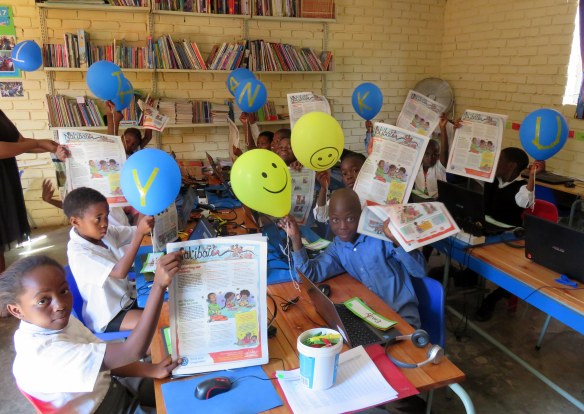The 2017 Child Gauge report has been released recently http://www.ci.uct.ac.za/ci/child-gauge/2017. This annual report coming from the Children’s Institute at the University of Cape Town gives an overview of the current status of the well being of South Africa’s children under the headings Care, Safety, Health and Nutrition, Education and Inclusion. Based on these findings goals are set for the following year.
For Education there is only one goal namely Reading needs to be prioritised to ensure that all children have a solid foundation for lifelong learning.
This week the PIRLS2016 results were published (http://pirls2016.org/pirls/summary/) with even more devastating news: 80% of South African grade 4 learners are unable to read with understanding.
The South African school curriculum sees the first three years as the learning to read phase. During this period learners have to master the reading skills in order to read to learn for the rest of their school careers. Unfortunately far too many children end up being reading illiterate: unable to read fluently and with understanding and therefore unable to benefit from opportunities in the schooling system and elsewhere, unable to function properly in a world filled with text in printed and electronic format.
More than anything the ability to read gives one the opportunity to discover the world through books. To gain knowledge independently and to share in the the wonderful treasure trove of stories. Our school does not have a library and only some of our learners live near a public library. Fortunately the Nalibalis which we receive regularly make up for this to an extent. The beauty of Nalibali is that every story and other bit of text is in two languages. In our case Sepedi and English. The mini-books are made up and handed out to take home and the newspaper part goes to the grade 3s.
Mrs Mpho Padi and her grade 2 class reading Lara, the yellow ladybird/Lara, podilekgwana ye serolane.

Thank you, Nalibali!



